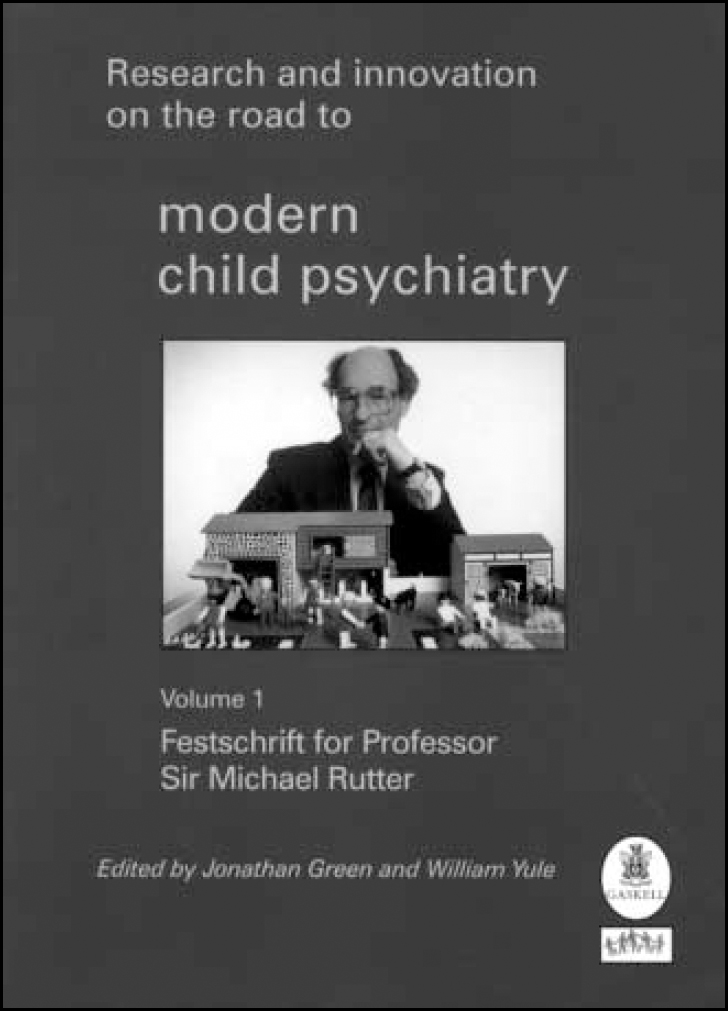
Michael Rutter published his first paper more than 40 years ago, and the most striking feature of this excellent Festschrift for him is just how far research in child psychiatry has come over that time. Research into autism provides a good example. In the 1960s it was widely believed that autism was an early-onset form of schizophrenia. The aetiology was poorly understood, but the finding that some parents of children with autism had social and communication problems (so-called ‘refrigerator parents’) was widely taken to mean that poor parenting led to the syndrome. The result was that many parents felt blamed for causing their child's problems. Treatment often included psychotherapeutic and regressive approaches that focused on repairing faulty relationships.
The situation nowadays could scarcely be more different. Autism is viewed as a developmental disorder unrelated to schizophrenia. The mainstay of treatment is therefore a developmentally oriented educational and behavioural programme. The association between autism and social or communicative deficits among relatives is now thought to be the result of a shared genetic liability. Recent molecular genetic studies have identified several promising loci for these genes.
This book contains many other examples of how research has influenced modern child psychiatry. Barbara Maughan, for instance, draws out some of the lessons from longitudinal studies. The chapters on classification, neuropsychiatry and conduct disorder also illustrate the huge research advances of the past 40 years and Rutter's important contributions in each of these areas. But my favourite parts of the book are those that describe Rutter's clinical skills and his clinical approach. His research contributions have been so great that it is easy to forget what a skilled clinician he is. These skills are well illustrated in his own chapters on autism, and also in Ann Le Couteur's moving tribute to him. All in all, this is a book that will be of use not only to researchers but also to clinicians of all disciplines.



eLetters
No eLetters have been published for this article.